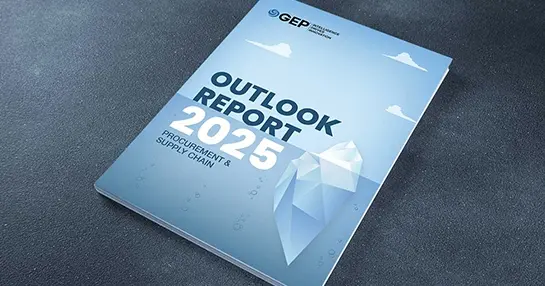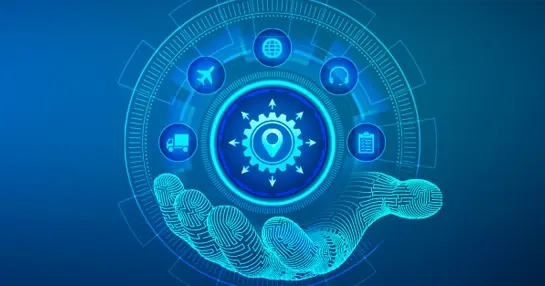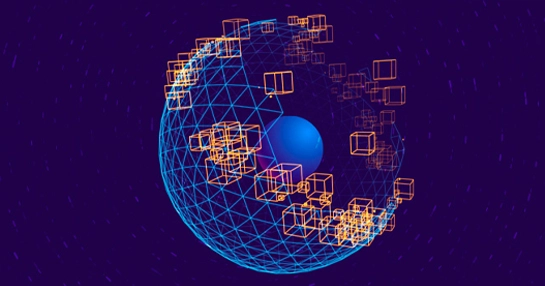What is Demand Sensing
The first supply chains, which were established after the Industrial Revolution, gave rise to demand forecasting. While demand sensing has its roots in demand forecasting, it incorporates advanced technology, such as artificial intelligence (AI) and machine learning (ML), to help companies make their supply chains more proactive and responsive to fluctuating demand. It’s a game-changer for companies with large sales volumes.
Demand sensing can further augment a company’s revenue. If a company’s warehouse management system is integrated with other supply chain systems, that company can gather real-time data from all operations and disciplines — including vendors and suppliers that also support demand sensing — to enable fast and efficient product replenishment.
Stay Ahead With Fresh Thinking and Insights
Explore the latest trends, technologies, and strategies in procurement and supply chain management. Dive into insight-packed white papers, research reports, case studies, and webcasts to stay informed and lead the way.

GEP Outlook 2025: Procurement & Supply Chain Key Trends, Challenges and Opportunities

World's Leading, Unified Source-to-Pay Platform for Direct and Indirect Spend Management
GEP SMART is an AI-powered, cloud-native source-to-pay platform for direct and indirect procurement. GEP SMART offers comprehensive source-to-pay functionality in one user-friendly platform, inclusive of spend analysis, sourcing, contract management, supplier management, procure-to-pay, savings project management and savings tracking, invoicing and other related functionalities.

Next-Gen, End-to-End Supply Chain Management Platform for the Connected Enterprise
GEP NEXXE is a unified and comprehensive supply chain platform that provides end-to-end planning, visibility, execution and collaboration capabilities for today’s complex, global supply chains. Built on a foundation of data, artificial intelligence and cognitive technologies, GEP NEXXE helps enterprises digitally transform their supply chains and turn them into a competitive advantage.




